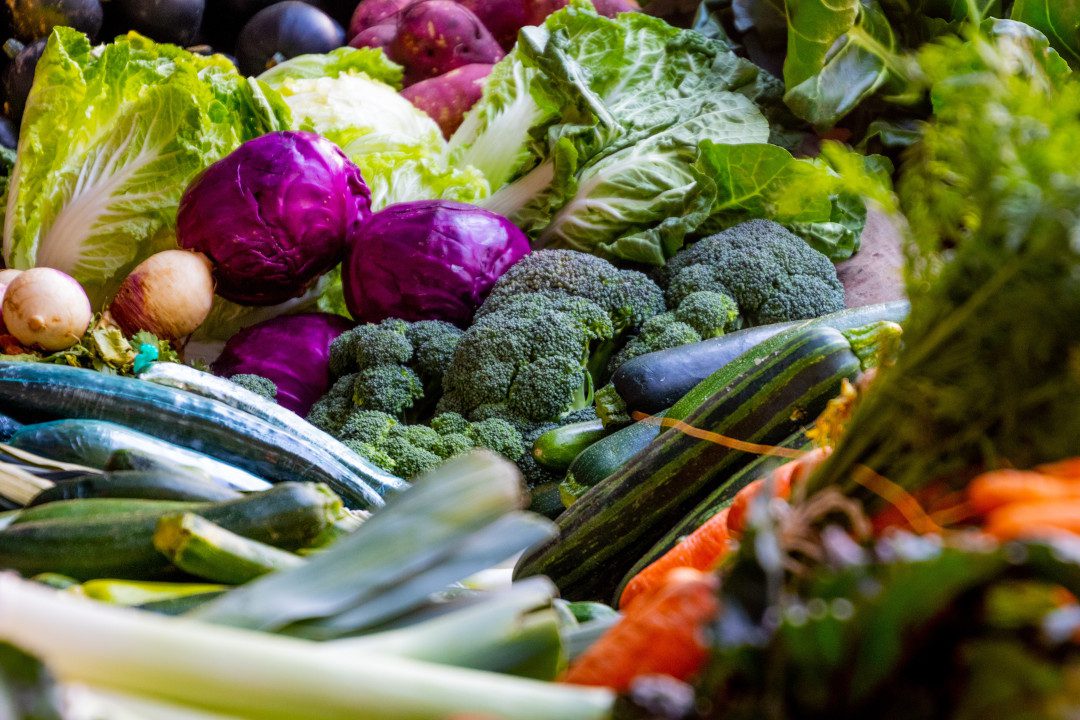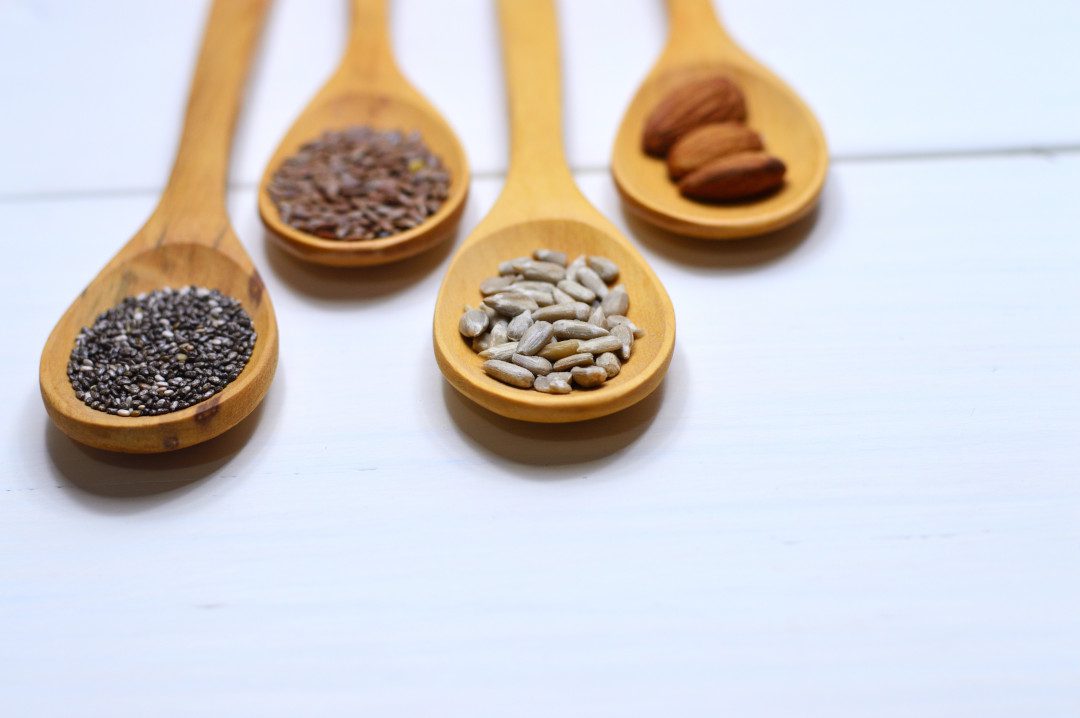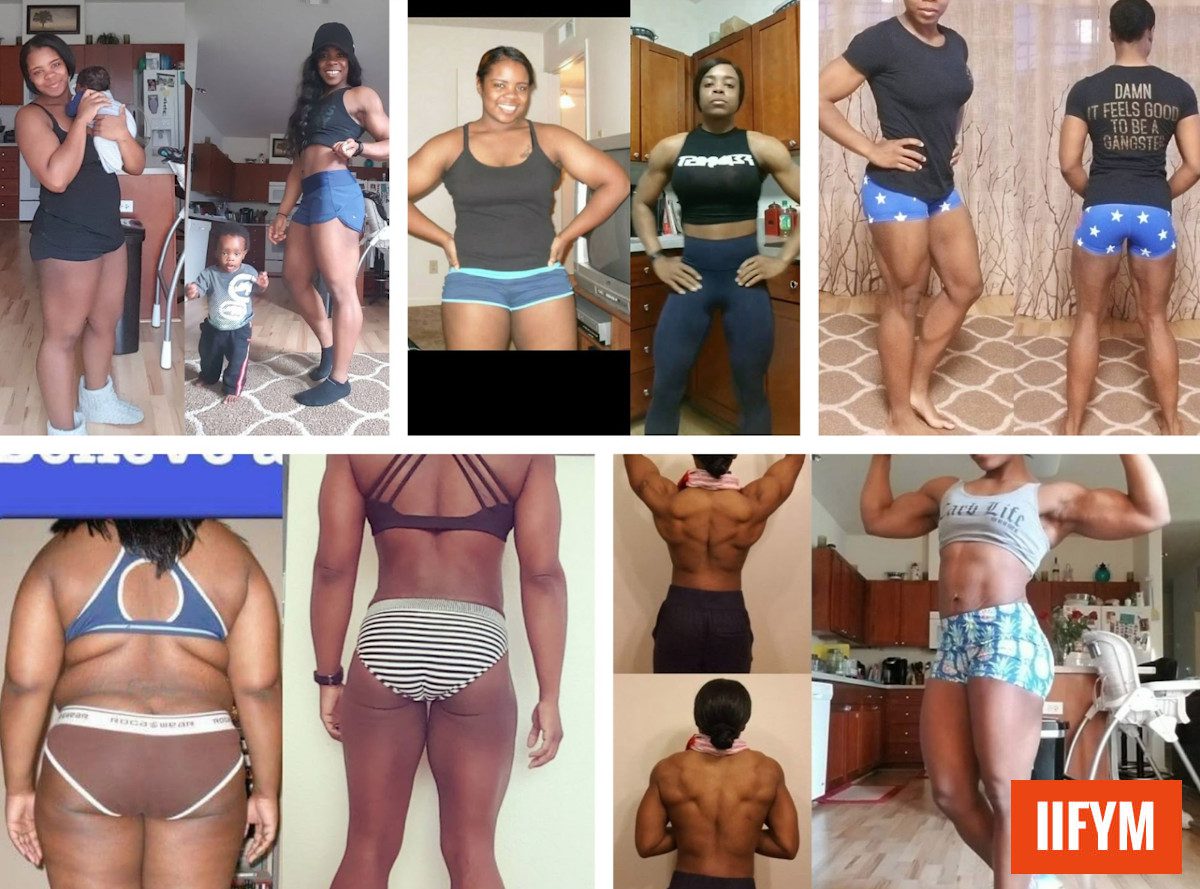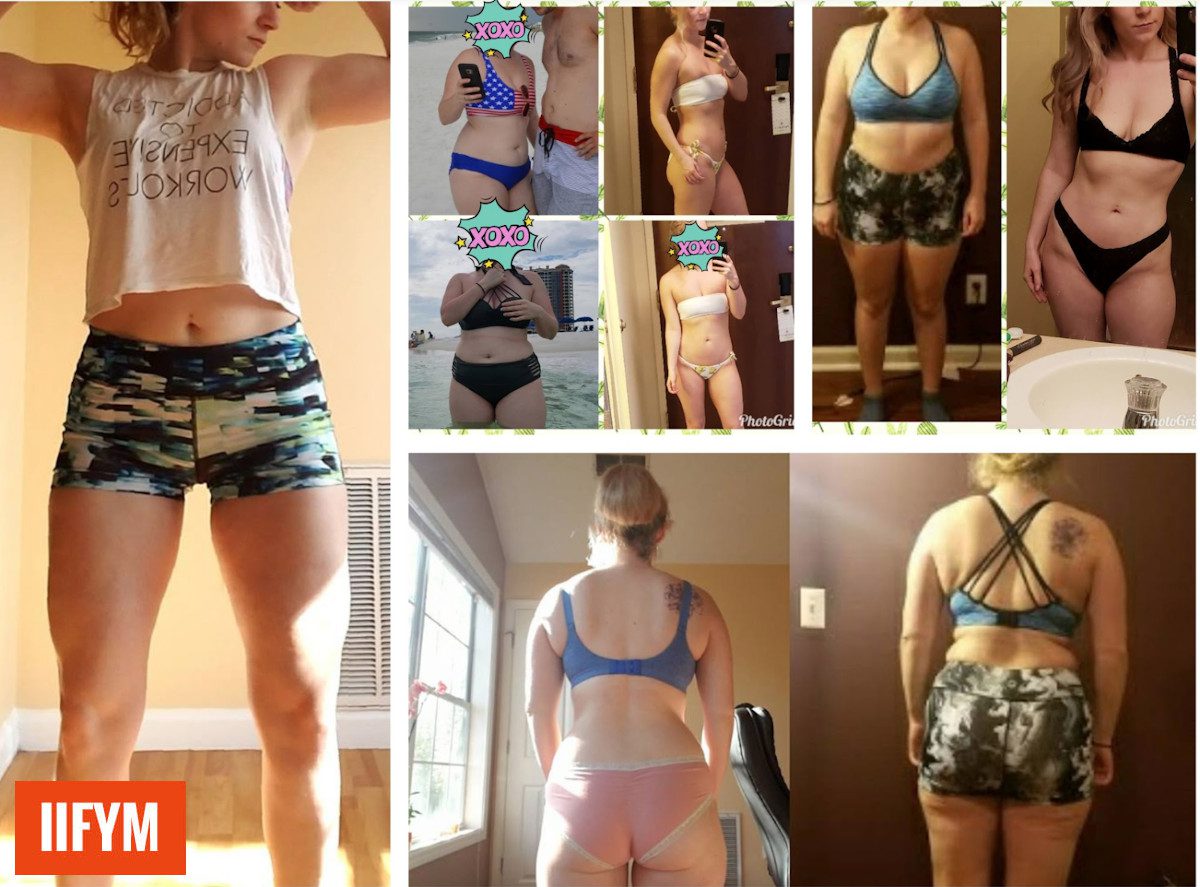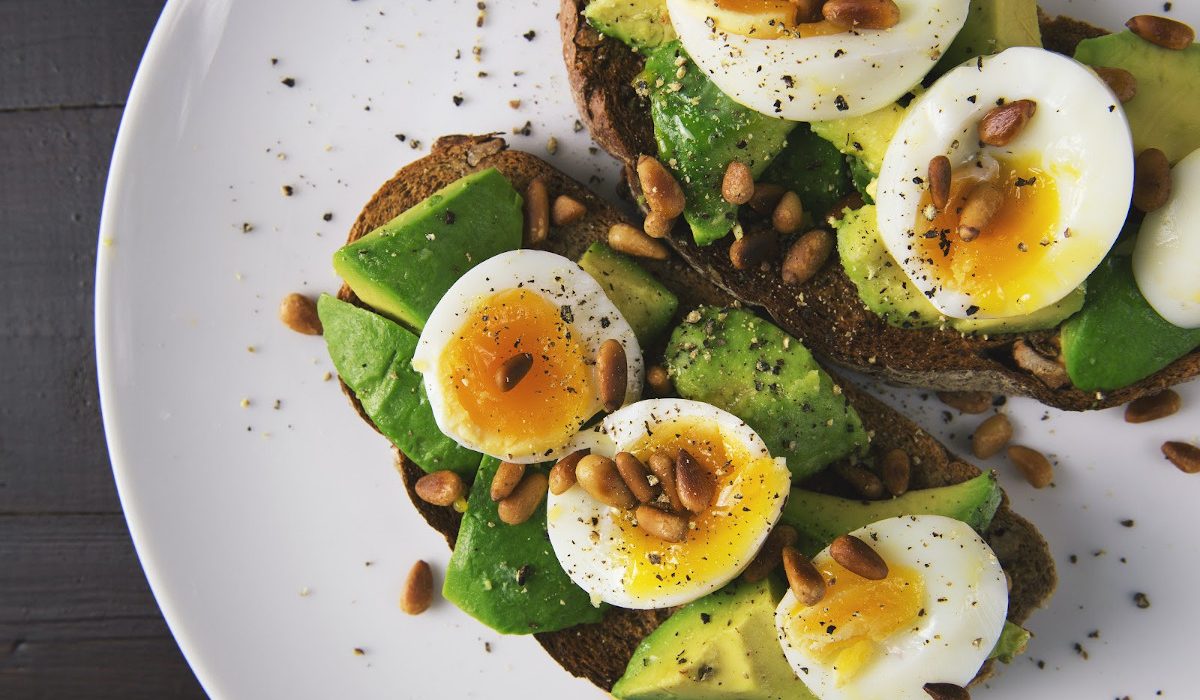Vitamin D is an essential vitamin for physical and mental health and supporting our immune system. Our main source of vitamin D is obtained by exposing our skin to sunlight, but due to Covid-19, many of us are spending much more time indoors, which may result in a vitamin D deficiency.
However, vitamin D deficiency is very common worldwide, regardless of the current pandemic. In fact, it’s estimated that around 1 billion people have low levels of vitamin D blood levels.
Some individuals are more at risk than others, especially if you have darker skin, are elderly, overweight, or you live in a sun-deprived part of the world (up to 50% of the global population don’t get enough sun).
Other factors include not consuming enough vitamin-D-rich products – such as dairy or fish – staying indoors, or applying sunscreen every time you go out (which is tricky as sunscreen protects your skin from prolonged exposure to harsh UV rays).
Read on for common symptoms of low vitamin D blood levels and how to raise them.
Tell-tale signs you may have a vitamin D deficiency

Tiredness
If you constantly feel tired and fatigued during the day, then a low vitamin D blood level may be the cause. Your quality of sleep may also be affected by this.
Anxiety and depression
Although depression is defined as an illness caused by a chemical imbalance in the brain, and a state of mind influenced by various external and internal factors, studies have linked vitamin D deficiency to poor mental health, increased stress and anxiety.
Sick or infected often
Vitamin D helps keep the immune system strong and capable of protecting the body from viruses and bacteria, by interacting with cells that fight infection.
If you’ve been getting sick frequently, then a lack of vitamin D could be a key cause.
Bone loss or pain
Sufficient vitamin D intake is crucial to effective bone metabolism and the absorption of calcium.
There is a correlation between low vitamin D levels and low bone mineral density. Older people tend to have low bone mineral density, due to a loss of calcium and other minerals in bones, putting them at risk of fractures.
Vitamin D also reduces inflammation and thus eases pain and promotes the healing of tissue. Studies suggest it may help and even prevent rheumatoid arthritis and osteoporosis.
Grey hair
Premature greying of hair is often linked to stress and genetic makeup. However, low vitamin D levels may also be a contributing cause.
Dry skin
Dry, itchy skin is another common symptom. Maintaining a healthy level of the vitamin promotes skin cell growth and repair and prevents premature skin aging, according to experts.
Excessive sweating
Sweating more than usual is one of the first signs of vitamin D deficiency. However, it may also be caused by another underlying condition such as hyperhidrosis (excessive sweating).
How to increase your vitamin D blood level
Vitamin D deficiency is generally easy to resolve through simple changes to lifestyle and diet or supplements. The recommended daily intake (RDI) is around 400 to 800 international units (IU), but many experts agree you should get more than that for optimal health.
Here’s how you can absorb more vitamin D daily.
Direct sunlight
The best natural source of vitamin D is, of course, the sun. When skin cells are exposed to direct sunlight, vitamin D is produced through synthesis. Unfortunately, a sunny spot indoors won’t cut it as the UVB rays are blocked by glass.
If you have lighter skin, aim to get at least 10 to 30 minutes of sunlight – preferably midday, when UVB rays are most intense – for optimal vitamin D absorption.
If you have darker skin, you’ll need to spend more time in the sun due to having more melanin, which protects the skin from sun damage, than lighter-skinned people. Anywhere between 30 minutes to three hours daily is recommended for sufficient vitamin D absorption.
But be careful that you don’t burn your skin, as sun damage can rapidly age skin and increase the risk of developing skin cancer.
Foods rich in vitamin D
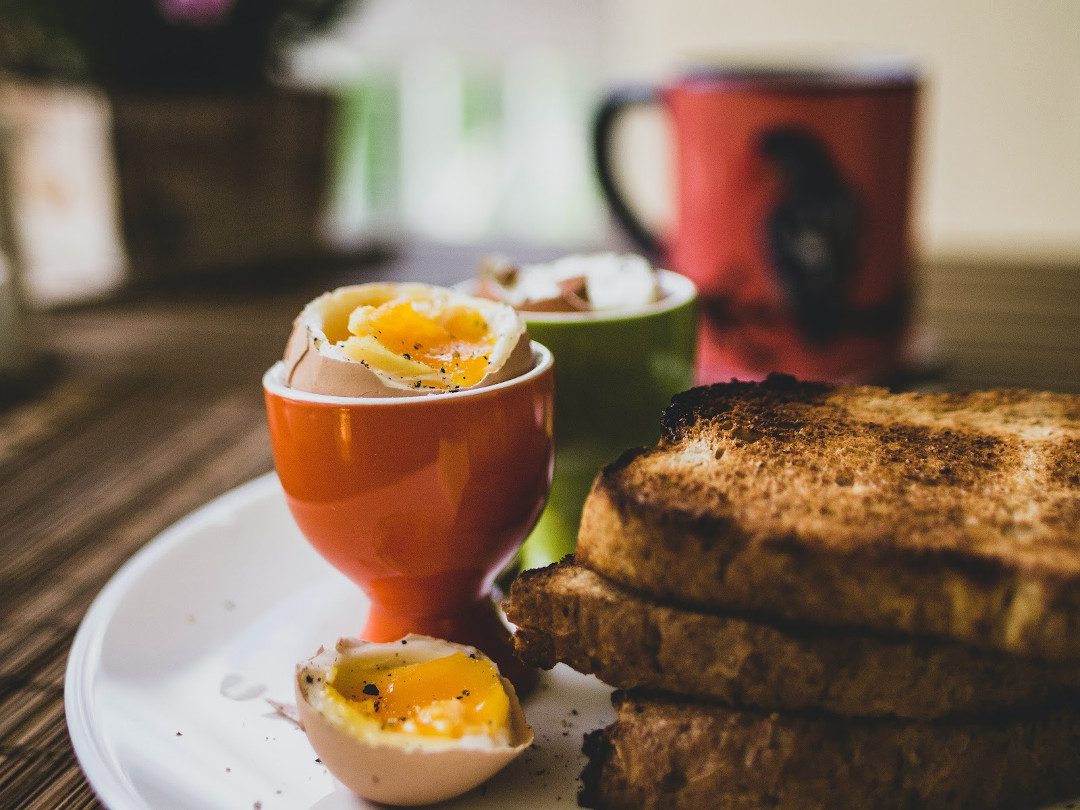
Lucky there are plenty of foods that are high in vitamin D to add to your diet. For instance, egg yolks and fish are both excellent sources of vitamin D. In particular, salmon, tuna, herrings and sardines pack the most nutrients – especially if caught in the wild as opposed to being farmed.
Mushrooms are another great source, producing a high level of vitamin D2 – responsible for raising vitamin D blood levels – when grown with plenty of exposure to UV light, which in turn synthesizes the vitamin. Keep an eye out for brands that treat their mushrooms with UV light, however, as many grow their product in the dark and aren’t as rich in vitamins.
Due to the limited sources of natural vitamin D at our disposal, especially if you’re vegetarian or vegan, many products are fortified with this nutrient. These may include cow milk, soy milk, orange juice, and cereals and oatmeal – always check the labels.
Supplements
For those who do not have sufficient access to sunlight or vitamin-D-rich foods, the easiest ways to increase and maintain your vitamin D blood level is by regularly taking supplements.
Vitamin D tablets, capsules or liquids can be taken once a day with food and usually contain up to 1000 IU. This should be plentiful and safe for the average person, considering many experts advise not exceeding 4000 IU due to risk of toxicity.
Cod liver oil is another effective supplement, containing not only vitamin D but vitamin A and omega-3 fatty acids.
Visit your doctor – don’t self-diagnose, ever
If you have any of the symptoms listed in this article, you should visit a doctor – rather than self-diagnosing via the rabbit hole that is the internet. There you will be able to discuss symptoms in-depth, which may be caused by other factors, with a health professional and arrange some blood tests to get precise measurements of your vitamin levels.
To get a meal plan customized specifically for you that’s rich in vitamins and minerals to support your health and wellbeing, check out our IIFYM Meal Plans.

